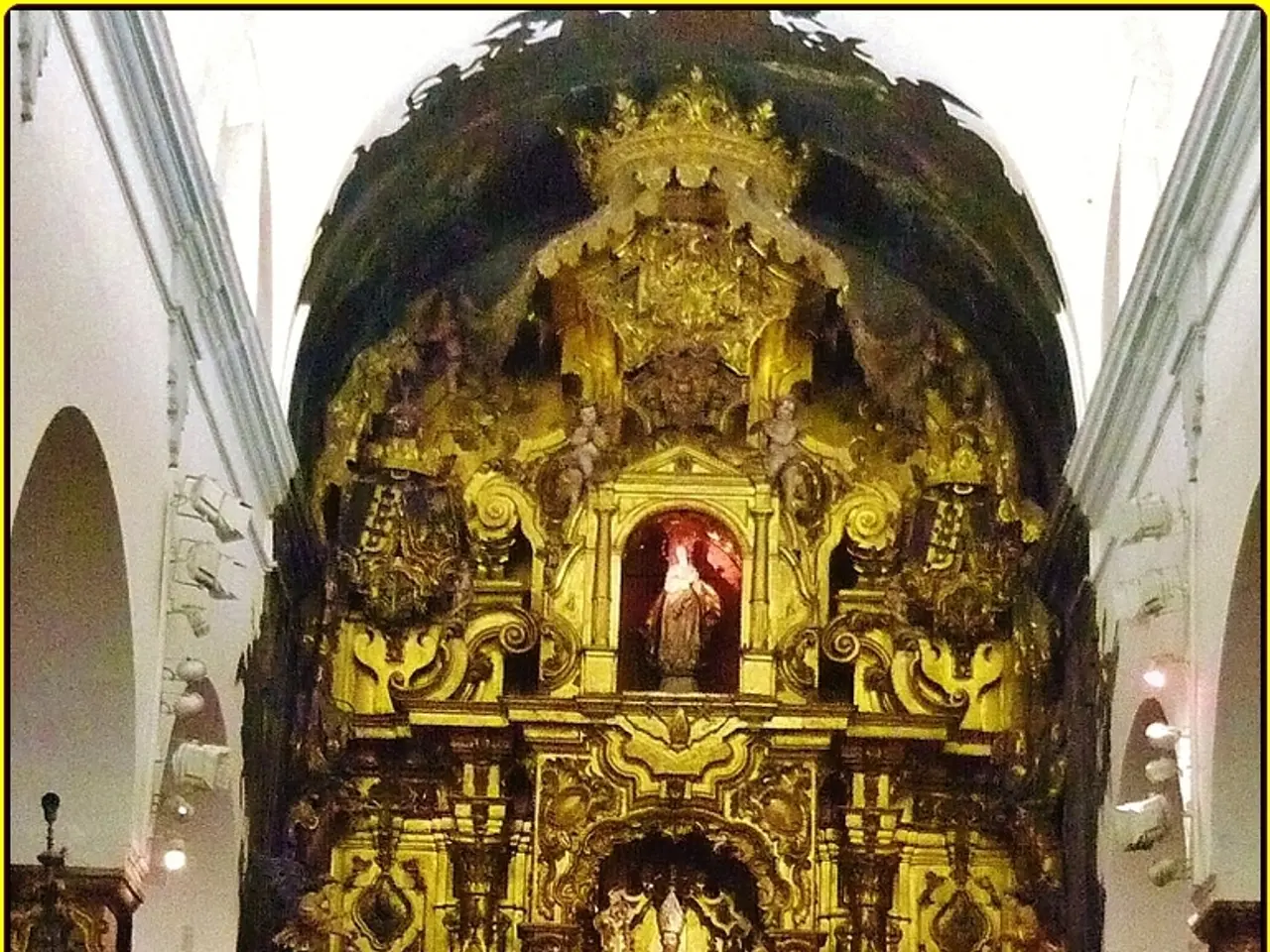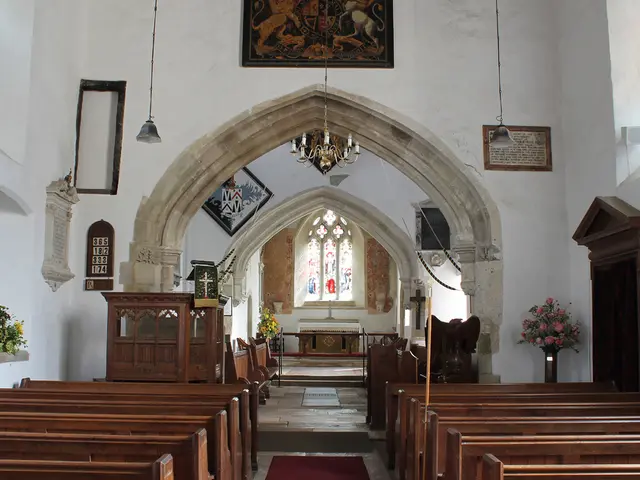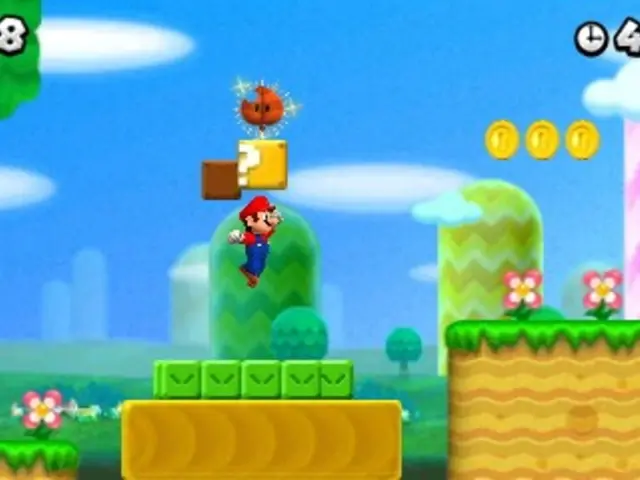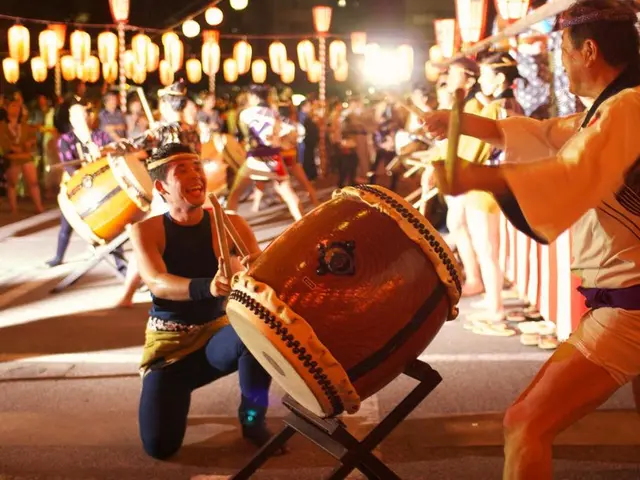Exploring the Art Deco style: Uncovering designers and craftsmen Behind the Scenes
The 1925 Exposition Internationale des Arts Décoratifs et Industriels Modernes in Paris marked a significant turning point in the rise of the Art Deco style. This landmark event, designed to showcase modern and artistic design tendencies across various disciplines, served as a catalyst for the global popularity of Art Deco.
At the heart of the exposition were Gabriel Argy-Rousseau and François-Emile Decorchement, who took centre stage as pâte de verre designers. Pâte de verre, a technique that mixes powdered glass and metal oxide, allowed them to create large, intricate objects that captivated audiences.
René Lalique, a leading figure at the exposition, focused on making glass and was president of the glass category. His unique cire perdue works, made using the 'lost wax' technique, are highly valued by connoisseurs. Lalique's vast range of glass objects, including scent bottles and car mascots, are still sought after by contemporary collectors.
Christofle, a renowned manufacturer of silver plated wares and decorative piece vases, also made a significant impact at the exposition. Their products, which were smaller in scale, made Art Deco sculptures more accessible for the rising middle class.
The exposition brought together the world's most influential architects and designers, who established the aesthetic agenda for the rest of the century. René Lalique, Gabriel Argy-Rousseau, François-Emile Decorchement, and others, set the stage for Art Deco's bold geometric shapes, clean lines, and luxurious, opulent materials to become the defining features of the style.
Claire-Jeanne-Roberte Colinet's Dancer of Carthage, inspired by 19th-century excavations of the ancient ruins in the Gulf of Tunis, is another example of the eclectic and globally inspired nature of Art Deco. The style drew on elements from ancient Aztec, Mayan, Egyptian, Greek, and Roman cultures, giving it a unique international appeal.
The market for art deco sculpture has shifted, with a focus now on materials such as bronze, spelter, ceramics, and glass, due to ivory restrictions. Jean Dunand, best known for his lacquer work, is an example of this evolution. He learned the art form from Seizo Sugawara, a Japanese lacquer artist.
Edgar Brandt enjoyed great prominence in the field of metalwork, known for his wrought iron work that combined traditional craftsmanship with modern techniques. British potteries were also showcased at the exposition, with a display from Wedgwood, Pilkington Royal Lancastrian, Ruskin Pottery, Doulton, and Poole potteries.
Art Deco was first recognized as a style at the exposition, and it influenced other countries to develop their own regional variants. The style evolved into more streamlined and pared-down forms during the 1930s, known as Streamline Moderne, which emphasized aerodynamic curves and simplicity while maintaining Art Deco’s modern spirit.
The exposition was extended until November due to its popularity, attracting an estimated 16 million visitors. Art Deco's impact was profound and far-reaching, shaping the emerging modern world in both industrial and decorative arts, laying groundwork for future modernist movements by normalizing geometric abstraction and functional elegance across multiple disciplines.
In conclusion, the 1925 Paris exposition was pivotal in launching Art Deco as a major international design movement by highlighting its modern, artistic ethos rooted in global influences and new technologies. Its permanent legacy lies in how it bridged decorative luxury with modernist principles, inspiring architecture, design, and visual culture for decades to come.
- The pâte de verre designs by Gabriel Argy-Rousseau and François-Emile Decorchement, showcased at the 1925 Exposition Internationale des Arts Décoratifs et Industriels Modernes, epitomized the large, intricate objects made possible through the mixture of powdered glass and metal oxide.
- René Lalique, a prominent figure at the exposition, utilized the 'lost wax' technique to create unique, highly valued cire perdue works, such as scent bottles and car mascots, which continue to be sought after by contemporary collectors.
- Manufacturers like Christofle, known for their silver plated wares and decorative piece vases, made Art Deco sculptures more accessible for the rising middle class by crafting smaller-scale items.
- Influential architects and designers, such as René Lalique, Gabriel Argy-Rousseau, François-Emile Decorchement, and others, established the aesthetic agenda for the rest of the century with the bold geometric shapes, clean lines, and opulent materials that became the hallmark of the Art Deco style.
- As the market for Art Deco sculpture has evolved, materials such as bronze, spelter, ceramics, and glass have gained increased focus, with artists like Jean Dunand exploring new techniques like lacquer work to push the boundaries of the established Art Deco style.








